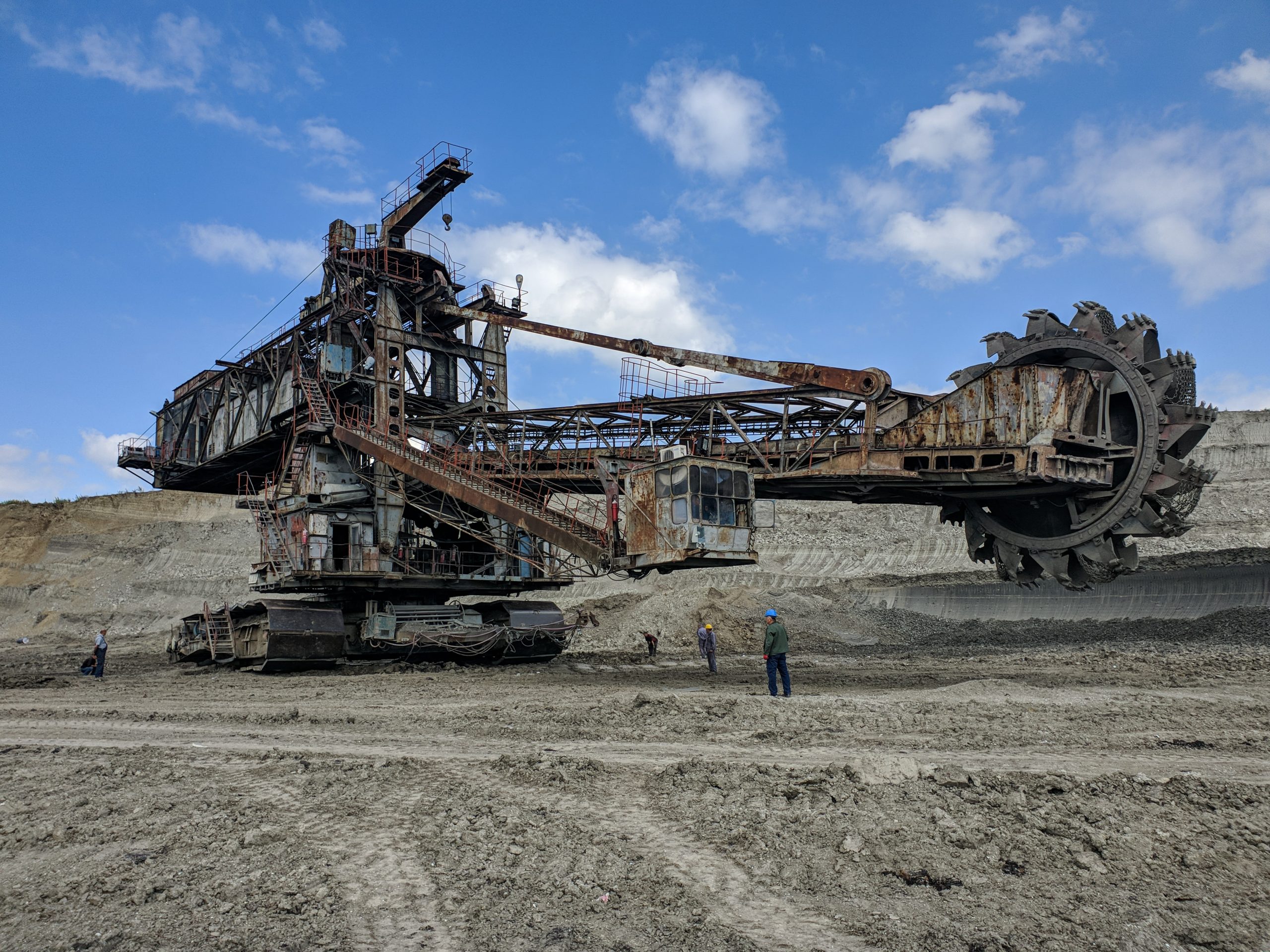News: How a quiet German hamlet became a focal point of climate tensions

Luitzerath a small hamlet in Western Germany has become a focal point for rising climate tensions. Located near the town of Erkelenz, Lutzerath sits atop a vast reserve of lignite coal – one of the dirtiest and least efficient forms of the fossil fuel. The North Rhine region emits 200 million tons of CO2 each year, 22% of which is attributed to the Rhenish Lignite.
Contrary to claims from the current German coalition that they are the “greenest” administration yet, they have struck a deal with energy company RWE to expand the Garzweiler coal mine and demolish the town of Lutzerath. This move is at odds with the decision made in 2020 to phase out coal-fired power generation and makes it increasingly difficult for Germany to reach their climate goals of limiting global temperature rise to 1.5 degrees Celsius.
The mine, which spans nearly 14 square miles in North Rhine Westphalia, has slowly expanded over the years and has already swallowed entire villages where families have lived for generations, along with centuries-old buildings and even a wind farm. With Germany expected to miss its ambitious climate targets for the second year in a row, activists have protested the expansion of a coal mine amidst a global climate crisis.
History of the conflict
In 2013, a federal court delivered a controversial ruling that greenlighted the expansion of the Garzweiler coal mine, a move that would displace local residents and raze villages, including the hamlet of Lutzerath.
While most residents accepted compensation and relocated, one farmer, Sckardt Heukmp, refused to leave until a court ruling last March. His farmhouse quickly became a hub for climate activists, who were determined to protect Lutzerath and halt the mine’s expansion.
Since 2020, the village has been occupied by around 300 environmental activists, who have set up camp in empty buildings, established tree-top and field positions to block the mine’s expansion.
However, Lutzerath’s fate seemed sealed in October when national and local governments struck a deal with RWE, the company operating the mine. Although five villages that were already partially resettled will remain, RWE said it required the coal beneath Lutzerath to compensate for the sudden loss of Russian gas after Gazprom slashed supplies to Europe.
Despite this, some studies suggest that Germany does not actually need the additional coal and that existing supplies are more than sufficient for coal plants to operate at very high capacity until the end of this decade.
What has happened recently
Tensions between police and activists reached a boiling point in recent weeks as hundreds of police were deployed to a German village to dismantle protests. Organizers of the protest estimated that around 35,000 demonstrators attended on Saturday, while police put the number closer to 15,000. Among those in attendance was activist Greta Thunberg, who described the expansion of the mine as a “betrayal of present and future generations.”
However, the Green Party, which holds both local and national power in the ruling coalition, has argued that the deal struck with RWE has fulfilled many of the environmentalists’ demands. RWE has agreed to end lignite-fired power generation by 2030, eight years earlier than planned, and five towns will not be destroyed.
The German Economy and Energy Minister, Robert Habeck, has described the deal as a “milestone for climate action” as it minimizes extraction and leaves 280 million tonnes of lignite in the ground. In reference to the expansion of the coal mine, Habeck has called it “painful, but necessary in view of the energy crisis,” and that Lutzerath was the “wrong symbol” to protest against. A RWE spokesperson has stated that this “is not a renaissance of lignite or coal, but only a side-step – helping Germany to cope with the energy crisis.”
